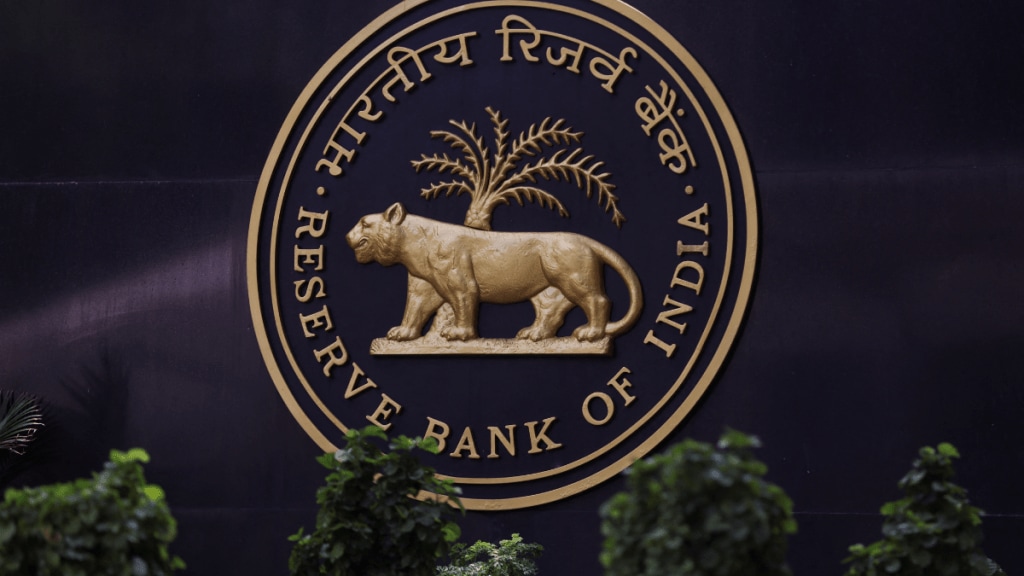By Deepak Jasani
The RBI MPC voted 5-1 to keep the policy repo rate unchanged at 6.5% on Feb 8, maintaining the status quo for the sixth time, as it continues to carefully monitor the generalization of food price pressures which can fritter away the gains in easing of core inflation.
Consequently, the standing deposit facility (SDF) rate will remain unchanged at 6.25%, and the marginal standing facility (MSF) rate and the Bank Rate at 6.75%. The MPC continued with the ‘withdrawal of accommodation’ stance (with a 5:1 majority) to ensure that inflation progressively aligns with the target while supporting growth.
Inflation continued to remain the key focus area as the Governor emphasized that the target of 4.0% CPI is yet to be reached and RBI would stay the course. Headline inflation moderated to an average of 5.5 percent during April-December 2023 from 6.7 percent during 2022-23 and core inflation (excluding food and fuel) moderated to a four-year low of 3.8 percent in December.
However, food inflation continued to impart considerable volatility which continued to impinge on the headline inflation trajectory. On the positive side, the progress in rabi sowing has been satisfactory and augurs well for the season. Prices of key vegetables, especially onions and tomatoes, are registering seasonal price correction.
RBI maintained its CPI projection at 5.4% for FY24, with Q4 at 5.0% and Q1FY25 at 5.0% (20 bps lower for the two quarters from the last policy). CPI inflation for FY25 is projected at 4.5% assuming a normal monsoon. The RBI sounded cautious on both domestic and global supply risks going forward and highlighted that the last mile of disinflation could be the most challenging – necessitating the need to keep its stance on the withdrawal of accommodation.
Defying expectations, the central bank did not announce any changes to its management of system liquidity. The RBI emphasized that durable liquidity in the system remained comfortable (when one considers government cash balances) and liquidity pressures were broadly frictional at this stage. It also said that it expects liquidity to improve with a rise in government spending and easing of some frictional pressures in the coming weeks.
The RBI undertook six fine-tuning variable rate reverse repo (VRRR) auctions during February 2-7, 2024 to absorb surplus liquidity. While the short-term rates have fluctuated, long-term rates have remained relatively stable. Nonetheless, monetary transmission remains incomplete in the credit market. The financial parameters of non-banking financial companies (NBFCs) are also improving in tandem with those of the banking system.
India’s current account deficit (CAD) declined sharply to 1.0 percent of GDP in Q2:2023-24 from 3.8 percent in Q2:2022-23. According to the World Bank, with an estimated US$135 billion in inward remittances in 2024, India would remain the largest recipient of remittances globally.
Thus, the CAD for 2023-24 and 2024-25 is expected to be eminently manageable. Net foreign direct investment (FDI) stood at US$ 13.5 billion in April-November 2023 as compared with US$ 19.8 billion a year ago. FPI flows have seen a significant turnaround in 2023-24 with net FPI inflows of US$ 32.4 billion (up to February 6) as against net outflows of US$ 6.7 billion a year ago.
The Indian economy is making confident progress on a strong, sustained, and transformative growth path. Industrial activity and investment cycle is gaining steam and investment intentions of private corporates remain upbeat. The first advance estimates (FAE) placed the real gross domestic product (GDP) growth at 7.3 percent for 2023-24, marking the third successive year of growth above 7 percent, for FY25 GDP is projected to grow at a high of 7%.
Long-term G-sec yields have softened from recent highs reflecting strong demand for these bonds from financial institutions and softening of global bond yields. 10-year G-sec yields remained largely unchanged post the announcement as transmission of 250bps rate hikes is still underway and the street awaits greater foreign participation given impending bond index inclusion.
RBI remains resolute in bringing down inflation to its medium-term target of 4% in a timely and sustainable manner. The Monetary Policy continues to be actively disinflationary to ensure the anchoring of inflation expectations and fuller transmission. Domestic economic activity is holding up well and is expected to be backed by the momentum in investment demand, optimistic business sentiments, and rising consumer confidence. The cumulative effect of policy repo rate increases is still working its way through the economy.
No change in stance indicates that a rate cut soon remains unlikely. Although largely on expected lines, traders who were waiting for some positive trigger remained disappointed leading to a fall in equity markets. However, markets would turn focus on other macro factors with the Budget and RBI Policy out of the way. We expect a rate cut after the new Government is sworn in post the election in May’24. We expect cumulative rate cuts of 50-75bps in 2024.
(Deepak Jasani is Head of Retail Research at HDFC securities Ltd. Views expressed are the author’s own. Please consult your financial advisor before investing.)


